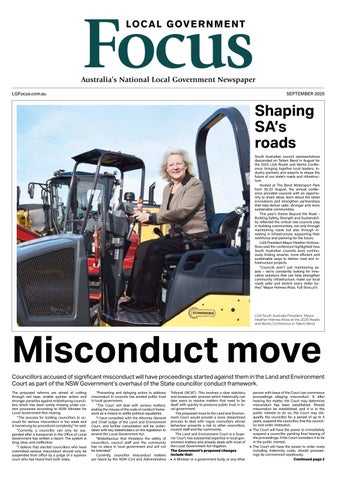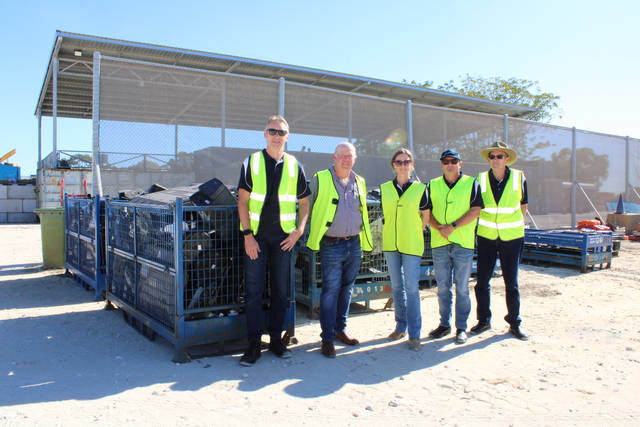While we are being told the Australian economy is thriving, many people do not share the same rosy perspective, particularly in rural and regional Australia. The Annual State of the Regions 1999 Report, prepared for the Australian Local Government Association by the National Institute of Economics and Industry Research, unsurprisingly revealed large disparities in the distribution of benefits from the economic ‘boom’.
The Report found that Melbourne and Sydney and a small group of resource based regions in Northern Australia are the principal winners of the boom, while the losers are concentrated in regions based on traditional agriculture and industry.
Furthermore, its predictions indicate that without intervention, the disparity in income and growth prospects are set to increase rather than decrease over the next five years.
The Report divided Australia into 57 regions based on six characteristic types: core metropolitan; dispersed metropolitan; production regions; rural; resource; and lifestyle regions. It analysed the performance of each region and considered economic policies to stimulate regional development.
It found high rates of economic and employment growth occurred in most regions over the last five years but many remained stuck in low growth, low income and low skilled development paths.
Income growth in Sydney and Melbourne, particularly in the inner urban regions, is pulling away from the rest of Australia. High levels of income growth in some rural regions came off a low starting base.
As a general rule, average household incomes are expected to grow by between $4,000 and $5,000 in the next five years but many regions will struggle to achieve gains of up to $1,000, further exacerbating inequalities.
The Report also found that many parts of Australia are particularly vulnerable to economic ‘shocks’ such as increased interest rates. This is due to the high level of economic activity, such as it is, being largely based on a high level of household debt.
Only 15 of the 57 regions are expected to be more financially secure in 2004 than in 1994. Of these, seven are in Sydney and Melbourne metropolitan regions.
Regional inequalities will be further exacerbated as profits, interest and dividends generated in poorer areas accrue to the wealthier regions.
The Report found the GST will bring some benefits to rural areas. However this, will be mitigated by decreases in government expenditure on infrastructure and services.
It also found Australia does not have in place the policy frameworks being used in North America and Europe designed to bring all regions into economic growth patterns. These are based on strategic partnerships developed between communities, business and government rather than a top down approach.
Eight themes were identified in the Report as potential contributors to a reinvigorated economic development policy framework. They include a new role for Local Government, building social capital, labour market and workforce development, information and communication technologies, business development and industry clusters.
The National Institute of Economic and Industry Research, trading as National Economics, recently launched YourPlace. This CD Rom package of small area economic trends, forecasts and comparisons relevant to the 21st century covers all Local Government areas. It is a vital tool for all Councils and communities working on local initiatives and investment strategies.
YourPlace enables users to see how ‘their’ place performs according to 27 specifically designed indicators that capture economic capabilities and prospects.
For further information contact Mark Cole at National Economics, telephone (02) 9209 4057







